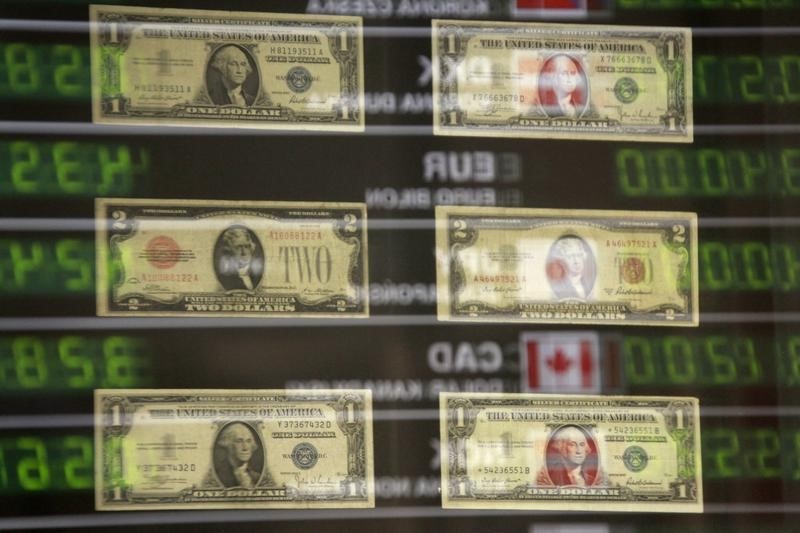* Canadian dollar at C$1.3373, or 74.78 U.S. cents
* Bond prices lower across steeper maturity curve
By Fergal Smith
TORONTO, Nov 1 (Reuters) - The Canadian dollar strengthened against its U.S. counterpart on Tuesday as oil prices rebounded and domestic data showed the economy expanded for a third straight month.
Canada's economy grew 0.2 percent in August from July on strength in mining, quarrying and oil and gas extraction. The gain was in line with a Reuters poll of economists. a bit weaker than the headline would suggest," but the Bank of Canada will take the data with "cautious optimism," said Derek Holt, vice president and head of capital markets economics at Scotiabank.
The implied probability of a Bank of Canada interest rate cut by mid-2017 dipped slightly to 21 percent from 25 percent before the data, overnight index swaps data showed.
Bank of Canada Governor Stephen Poloz will deliver a speech on inflation targets later Tuesday morning. Investors will look for further insight as to how Poloz views the future path of monetary policy after the central bank held rates steady in October but acknowledged it had considered cutting again.
Oil rose after its largest one-day slide in more than five weeks. U.S. crude CLc1 prices were up 0.90 percent at $47.28 a barrel. O/R
At 9:42 a.m. EDT (1342 GMT), the Canadian dollar CAD=D4 was trading at C$1.3373 to the greenback, or 74.78 U.S. cents, stronger than Monday's close of C$1.3411, or 74.57 U.S. cents.
The currency's strongest level of the session was C$1.3353, while its weakest was C$1.3427.
The loonie fell 2.2 percent in October and touched its weakest level in seven months at C$1.3434 on Friday.
Still, the Canadian dollar will strengthen over the coming year as higher oil prices offset higher interest rates from the U.S. Federal Reserve and a more dovish stance from the Bank of Canada, a Reuters poll found. CAD/POLL
The Canadian government will update its fiscal and economic position later on Tuesday, providing new estimates for its budget deficit and for economic growth.
Canadian government bond prices were lower across the yield curve in sympathy with U.S. Treasuries. The two-year CA2YT=RR fell 3 Canadian cents to yield 0.568 percent and the benchmark 10-year CA10YT=RR declined 44 Canadian cents to yield 1.244 percent.
The curve steepened as the spread between the 2-year and 10-year yields widened by 3.3 basis points to 67.6 basis points, its largest gap since June 8. That indicated underperformance for longer-dated maturities.
